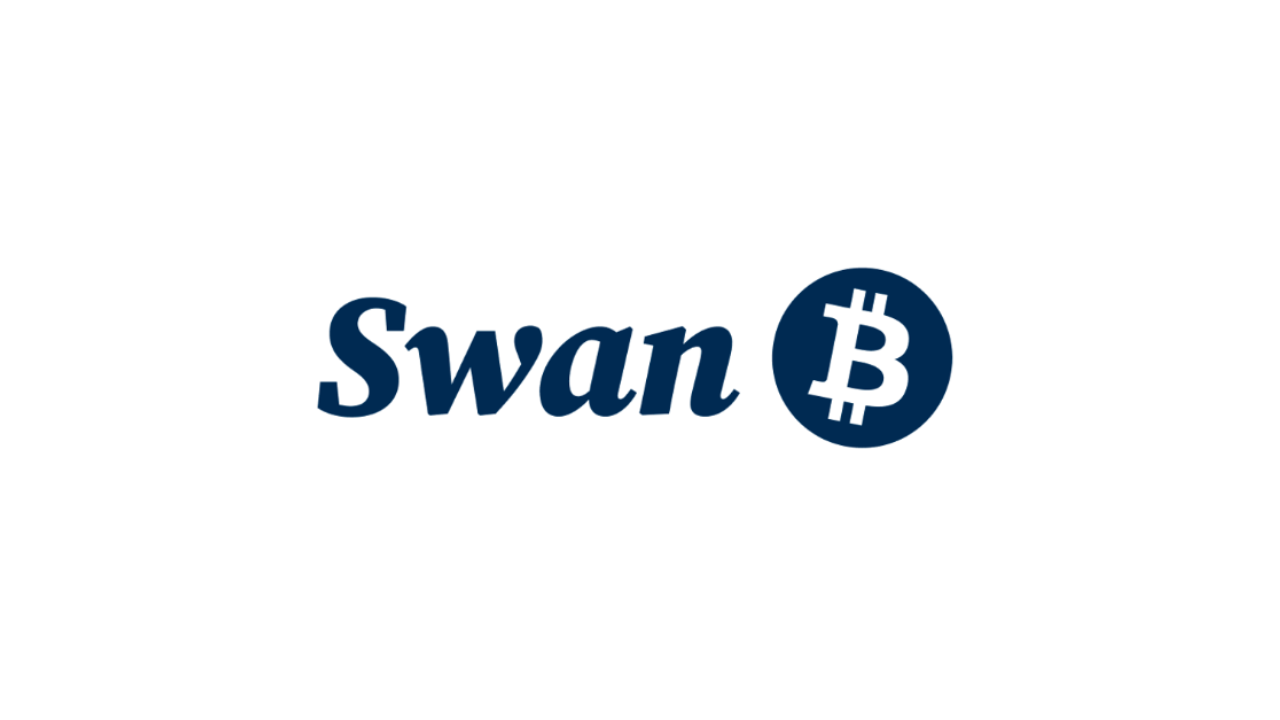Coinbase and Stripe have formed a groundbreaking partnership to introduce seamless fiat-to-crypto on-ramps and off-ramps for users on both platforms, as announced on June 27. This innovative integration aims to streamline the process of converting fiat currency to digital assets, marking a significant step forward in the adoption of cryptocurrency.
The new collaboration between Coinbase and Stripe brings support for USD Coin (USDC) on Base, enhancing Stripe’s crypto payout capabilities. This allows for faster cross-border remittances and settlements of fiat equivalents across 150 sovereign countries. By leveraging USDC, the partnership ensures quicker and more efficient financial transactions on a global scale.
USDC will also play a crucial role in Stripe’s fiat-to-crypto on-ramp, simplifying the onboarding process for customers converting fiat to digital assets. This means users can now more easily transition from traditional currency to cryptocurrency, reducing the friction typically associated with such transactions.
Conversely, Coinbase is incorporating Stripe’s fiat-to-crypto on-ramp into its platform. This integration enables users of the payment processor to purchase crypto using credit cards and Apple Pay, providing a more convenient and accessible way for individuals to invest in digital currencies.
Table of Contents
ToggleStripe’s Commitment to Crypto Innovation
Earlier this year, Stripe co-founder and president John Collison revealed at the company’s Sessions conference that stablecoins would be making a return to Stripe. This announcement follows Stripe’s history as one of the first payment processors to offer Bitcoin (BTC) services back in 2014. However, support for Bitcoin was later removed due to its limitations as a payment method at that time.
In alignment with Collison’s announcement, Stripe also introduced support for the Avalanche C-Chain for verified customers. This integration allowed Stripe users to purchase AVAX tokens using the fiat-to-crypto on-ramp, further expanding Stripe’s cryptocurrency offerings and reinforcing its commitment to the crypto space.
Coinbase’s Strategic Offensive Amid Regulatory Scrutiny
The United States’ regulatory landscape has posed challenges for the crypto industry in recent years, with centralized exchanges, digital asset providers, and stablecoins coming under increased scrutiny. Stripe, once part of Facebook’s Libra project, had to exit due to pressure from government officials, highlighting the regulatory hurdles faced by companies in the crypto sector.
On June 27, Coinbase took a bold step by filing lawsuits against both the Securities and Exchange Commission (SEC) and the Federal Deposit Insurance Corporation (FDIC). The lawsuits allege that these government agencies failed to provide necessary materials under the Freedom of Information Act (FOIA). Central to the lawsuit is the SEC’s decision to exclude Ether (ETH) from the list of cryptocurrencies it deemed to be unregistered securities, a list that includes Ripple’s XRP (XRP). The lawsuit challenges the SEC’s deliberation process in making that determination.
In addition to legal action, Coinbase has launched the “Stand with Crypto” political action committee (PAC) in the United States. This advocacy group aims to support the crypto industry and market participants. In June, the PAC announced it had garnered 1 million signatures from crypto advocates, demonstrating significant support for the industry.
The Future of Fiat-to-Crypto Transactions
The partnership between Coinbase and Stripe represents a significant milestone in the evolution of fiat-to-crypto transactions. By integrating USDC and leveraging each other’s strengths, the two companies are poised to offer a more streamlined and efficient process for users to convert fiat to digital assets and vice versa.
As the regulatory landscape continues to evolve, the actions taken by Coinbase and Stripe underscore the importance of innovation and adaptability in the crypto space. By addressing the challenges posed by regulations and focusing on enhancing user experience, both companies are setting the stage for broader adoption and acceptance of cryptocurrency in mainstream financial systems.
In conclusion, the collaboration between Coinbase and Stripe not only simplifies the process of fiat-to-crypto transactions but also reinforces the commitment of both companies to drive innovation in the crypto industry. As they navigate the complexities of regulatory frameworks, their efforts to provide seamless, efficient, and accessible financial solutions will likely have a lasting impact on the future of digital finance.













